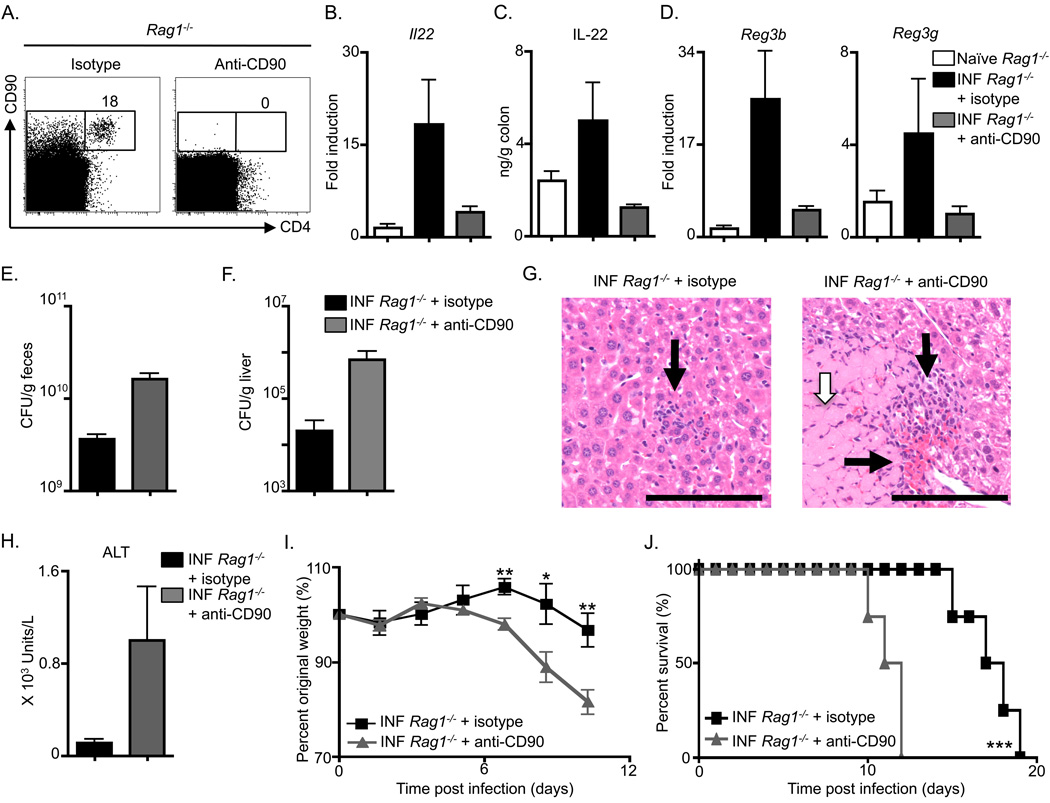Figure 5. Anti-CD90 mAb treatment impairs innate immunity to Citrobacter rodentium.
C57BL/6 Rag1−/− were administered an isotype control mAb or an anti-CD90 mAb starting on day 0, infected with C. rodentium on day 0, and sacrificed at day 10. (A) Frequency of CD4+ CD90+ cells in Lin− gated splenocytes from antibody treated Rag1−/− mice. (B) Fold induction of Il22 transcript in colonic RNA from antibody treated and infected (INF) mice compared to naïve mice. (C) IL-22 protein in the supernatant of colon homogenates and (D) fold induction of Reg3b and Reg3g transcript in colonic RNA from antibody treated and infected mice compared to naïve mice. C. rodentium CFU in the (E) fecal pellets and (F) liver of antibody treated and infected mice. (G) H&E stained histological sections of the liver of antibody treated and infected mice; inflammatory cell infiltrates (black arrows) and necrotic lesions (white arrow). Scale bar, 100 µm. (H) Serum ALT levels, (I) percent of original whole body weight and (J) percent survival of antibody treated and infected mice. All data are representative of 3 or more independent experiments with a minimum of 3–4 mice per group. Data shown are the mean ± SEM. * p < 0.05 ** p < 0.01 *** p < 0.001. See Figure S3 for additional data.

